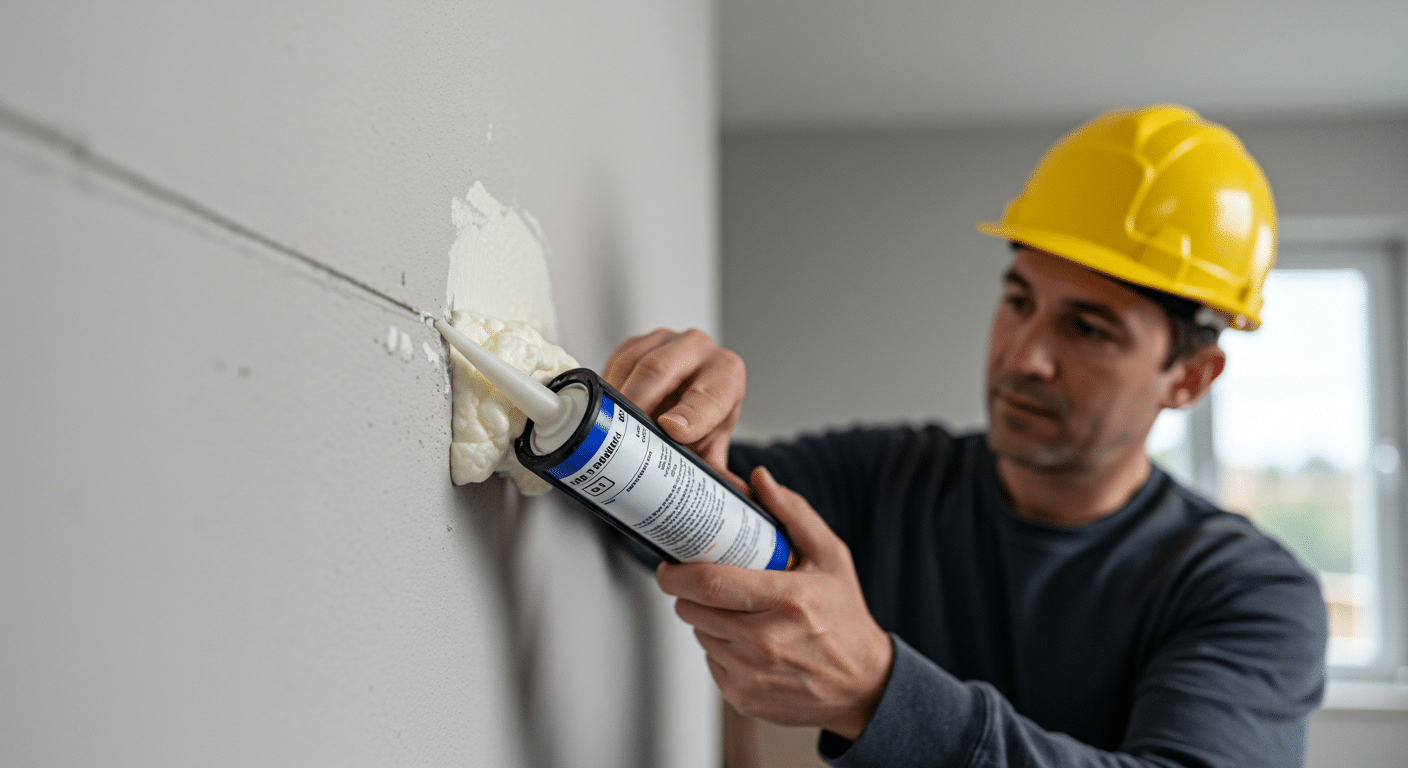
Spray foam insulation helps prevent mold, mildew, and moisture issues by creating an airtight seal that blocks humid air infiltration and minimizes condensation on surfaces. Unlike fiberglass, spray foam doesn’t absorb water, reducing the risk of trapped moisture that leads to mold growth. Its air-sealing properties also keep indoor humidity more stable, especially in crawl spaces, attics, and basements—common moisture-prone areas. By limiting both moisture entry and air movement, spray foam effectively deters the conditions mold and mildew need to thrive.
Key Factors Affecting Mold & Moisture Control with Spray Foam
| Factor | Impact | Notes |
| Airtight Seal | High | Prevents moisture-laden air entry |
| Water Resistance | High | Closed-cell resists water absorption |
| Thermal Regulation | Moderate | Reduces surface condensation risk |
| Application Area | Critical | Best in crawl spaces, attics, basements |
| Ventilation Needs | Must be considered | Proper airflow still important |
Moisture Prevention: Pros and Cons
Pros
- Creates a moisture barrier in vulnerable areas
- Reduces indoor humidity fluctuations
- Helps avoid costly mold remediation
Cons
- Improper installation can trap moisture
- More expensive than traditional insulation
- Requires trained professionals for effectiveness
Why Air Sealing Matters for Mold Prevention

Mold thrives in environments where warm, moist air meets cooler surfaces, leading to condensation. Spray foam insulation, particularly closed-cell foam, prevents this by eliminating gaps where air and vapor enter. This tight envelope halts the air exchange between conditioned and unconditioned spaces, reducing dew point interactions that cause hidden moisture buildup behind walls or under floors. This is especially effective in high-risk areas like rim joists, crawl spaces, and basement walls.
The Role of Water Resistance in Mold Control
Unlike fiberglass or cellulose, closed-cell spray foam is hydrophobic and non-absorbent, which means it doesn’t retain moisture if water intrusion occurs. This quality makes it ideal for flood-prone or damp environments, where traditional insulation would need to be removed. Spray foam’s ability to reject water and continue insulating even when nearby materials are wet is a major reason it’s used in building envelopes to combat mold and mildew long-term.
Spencer is a Google ranking expert and SEO consultant who has helped businesses in the spray foam marketing industry achieve their online marketing goals. Spray Foam Genius Marketing has a proven track record of success, having achieved some impressive results for his clients.

